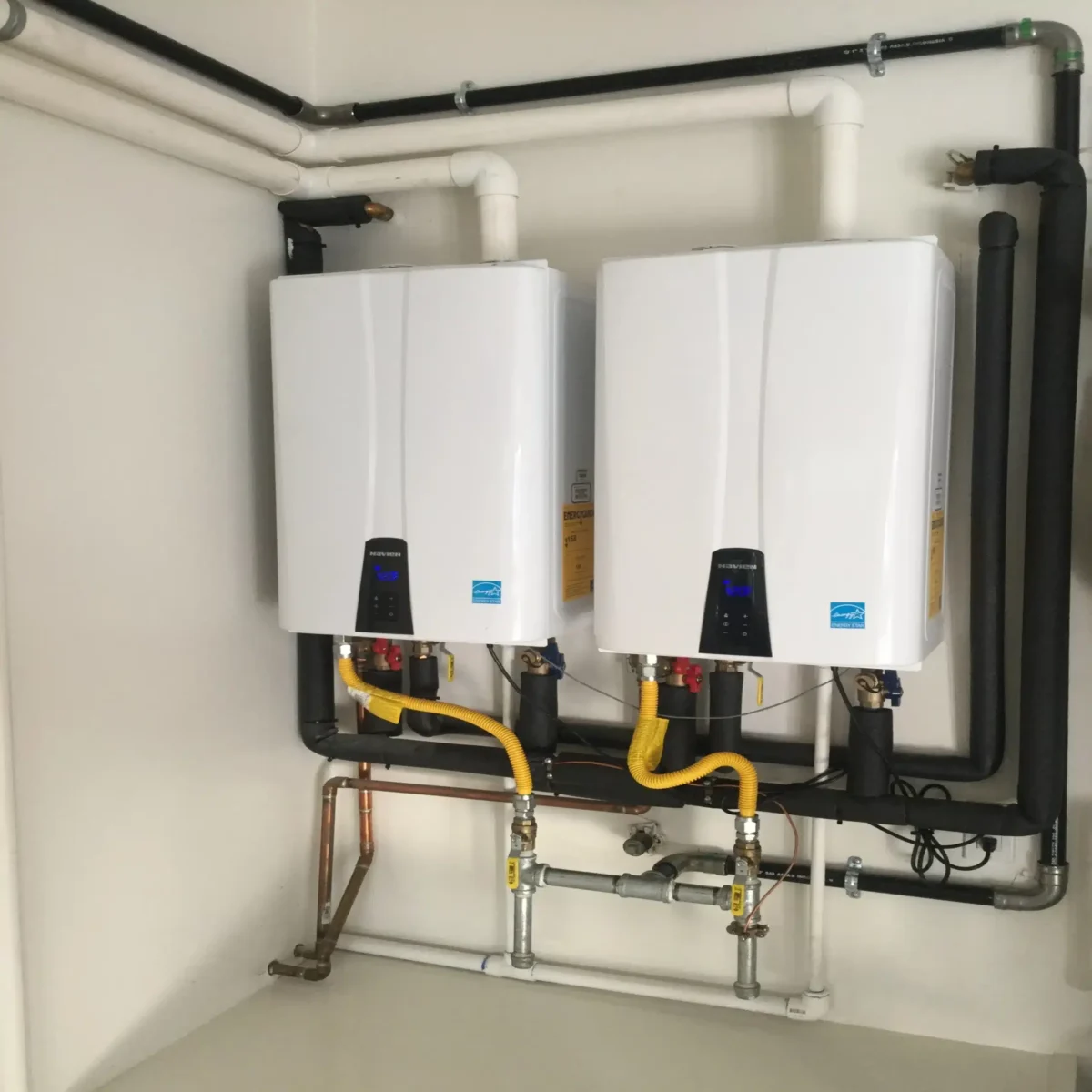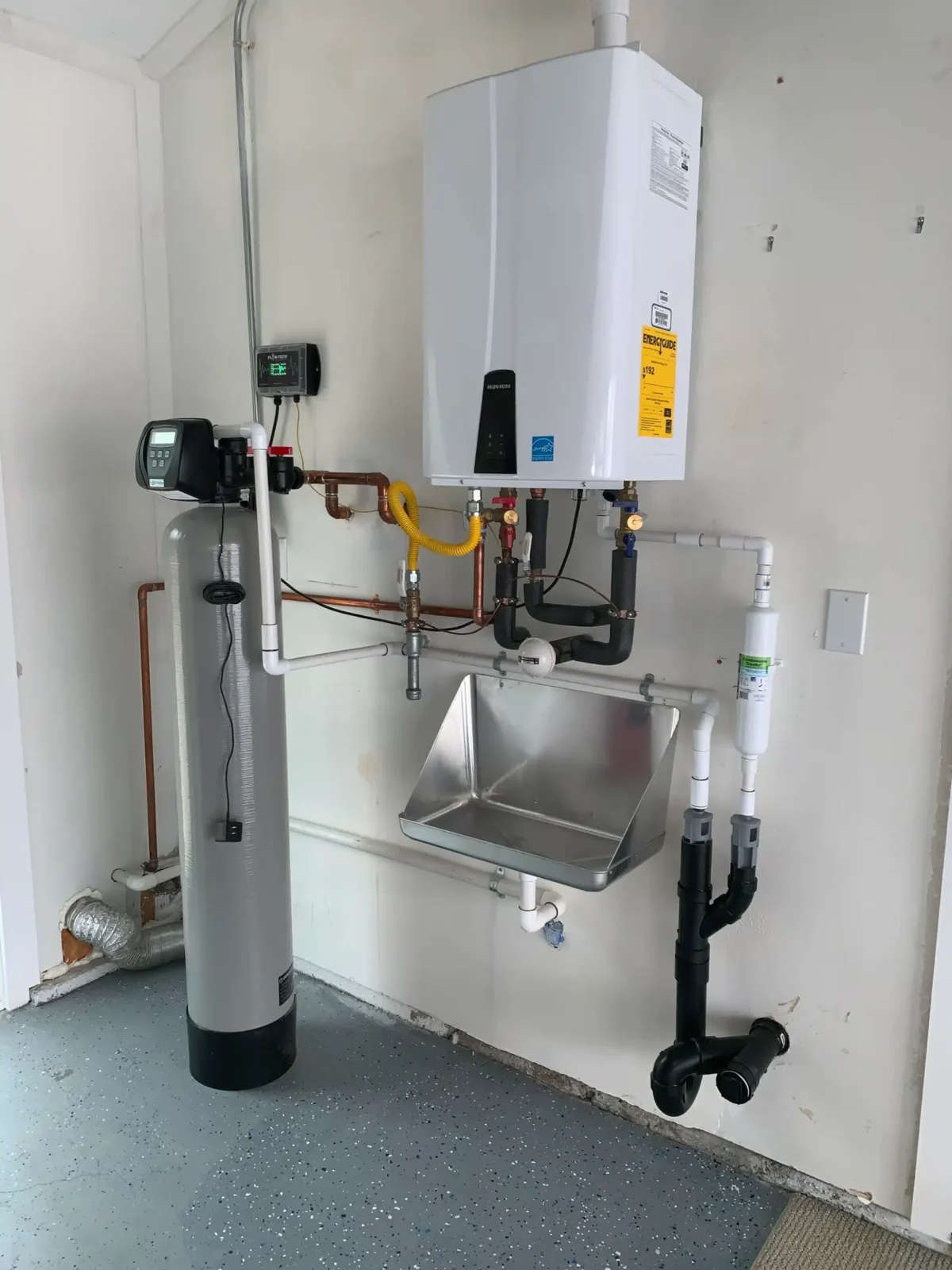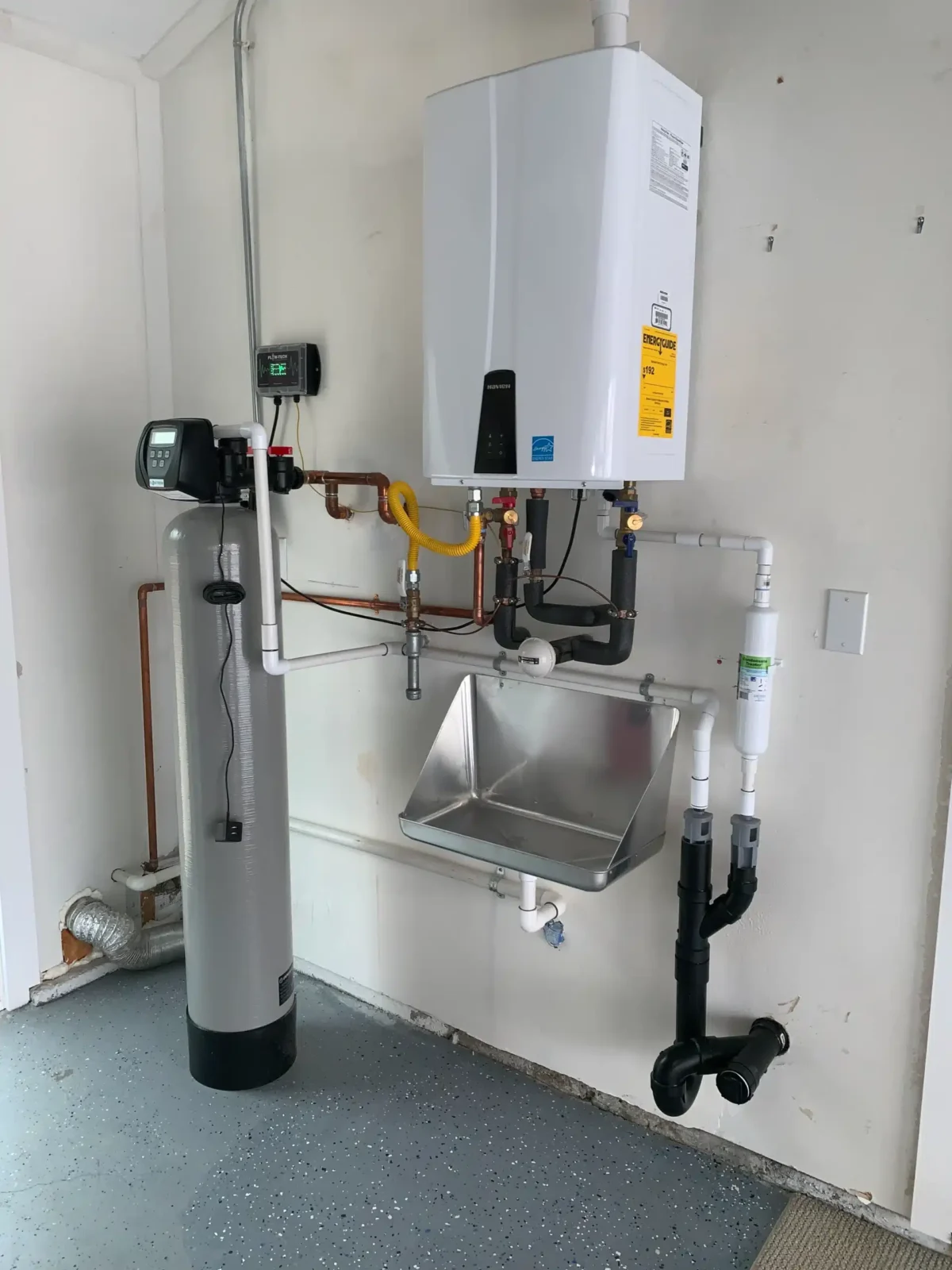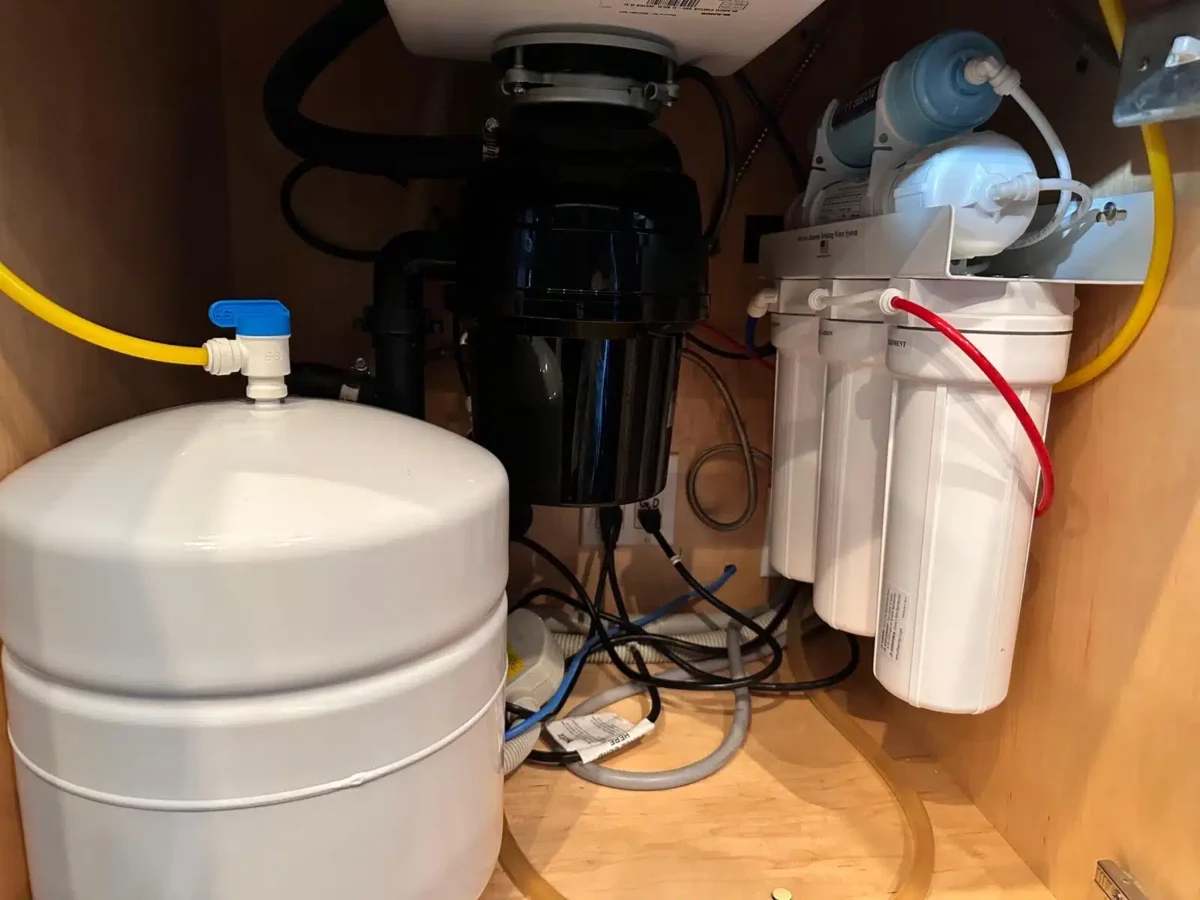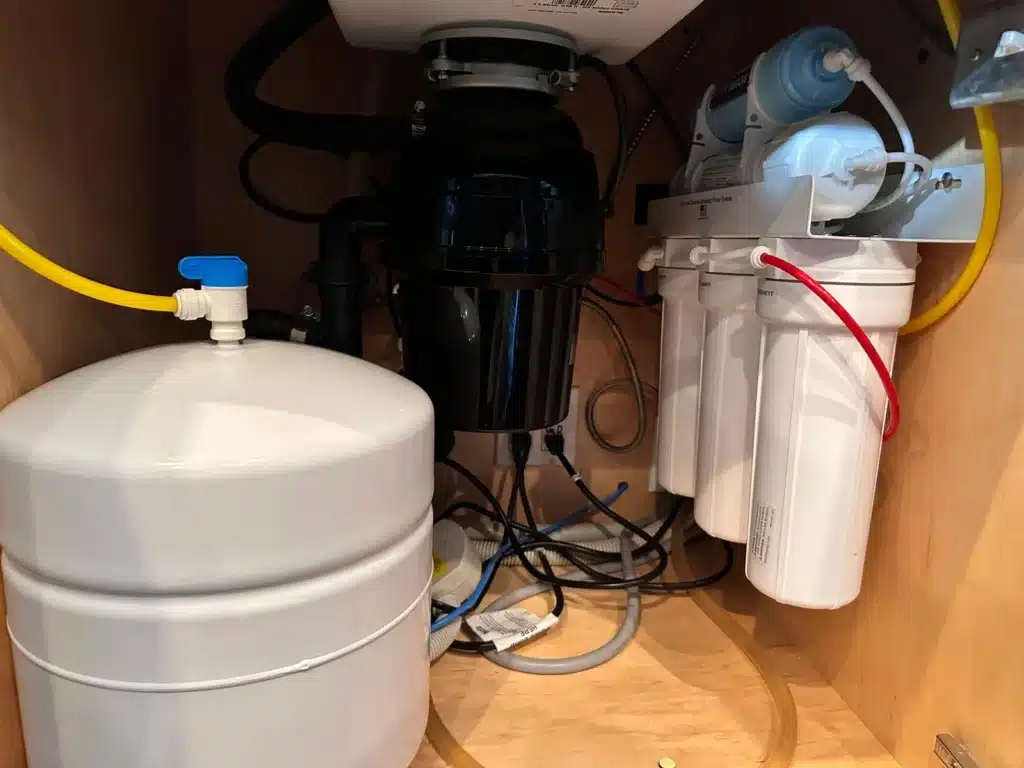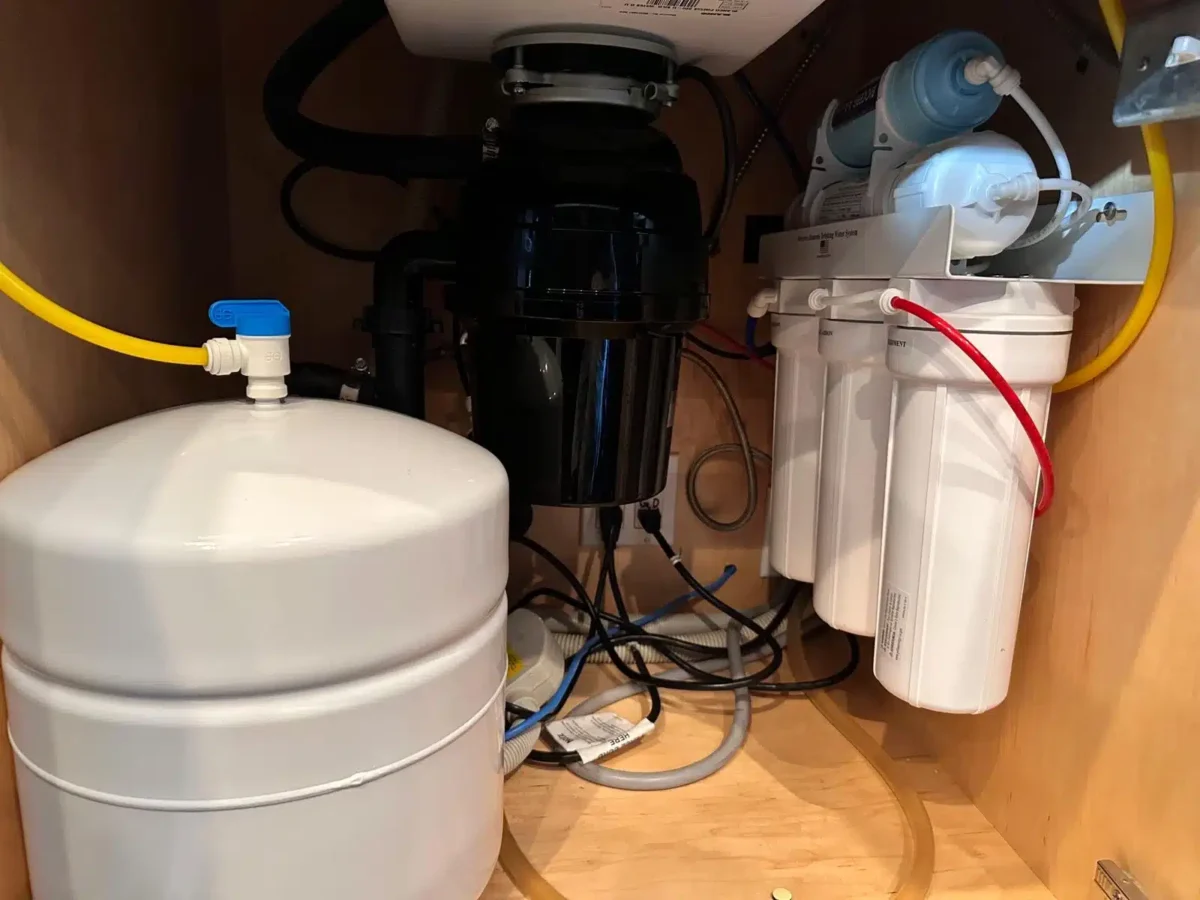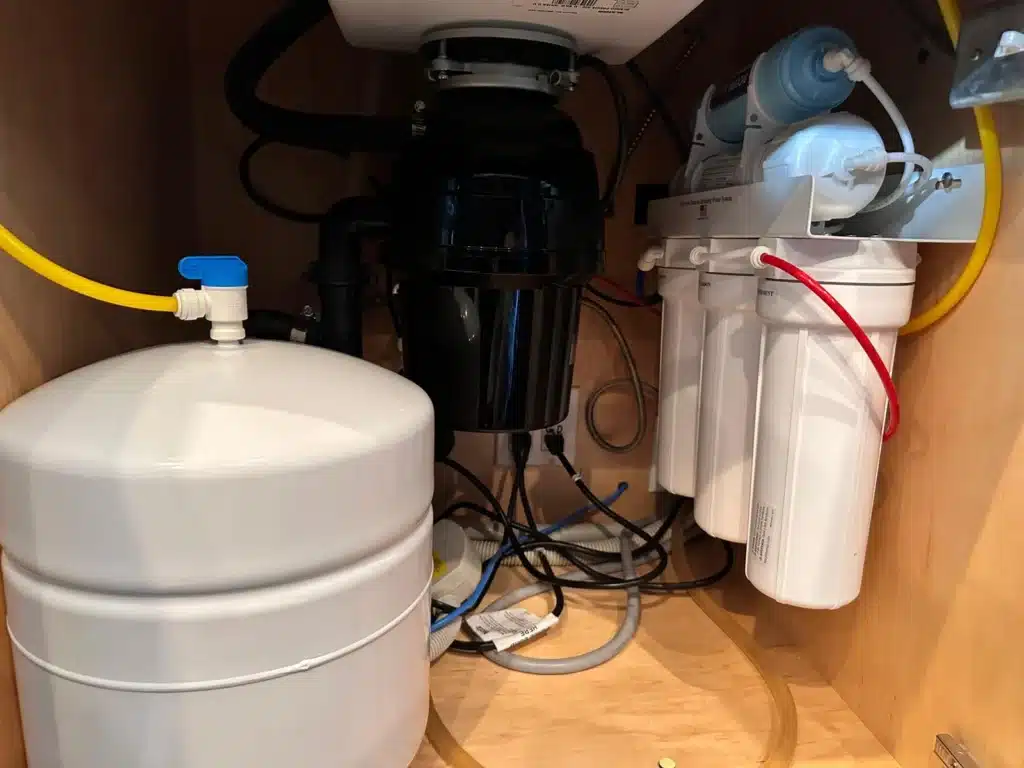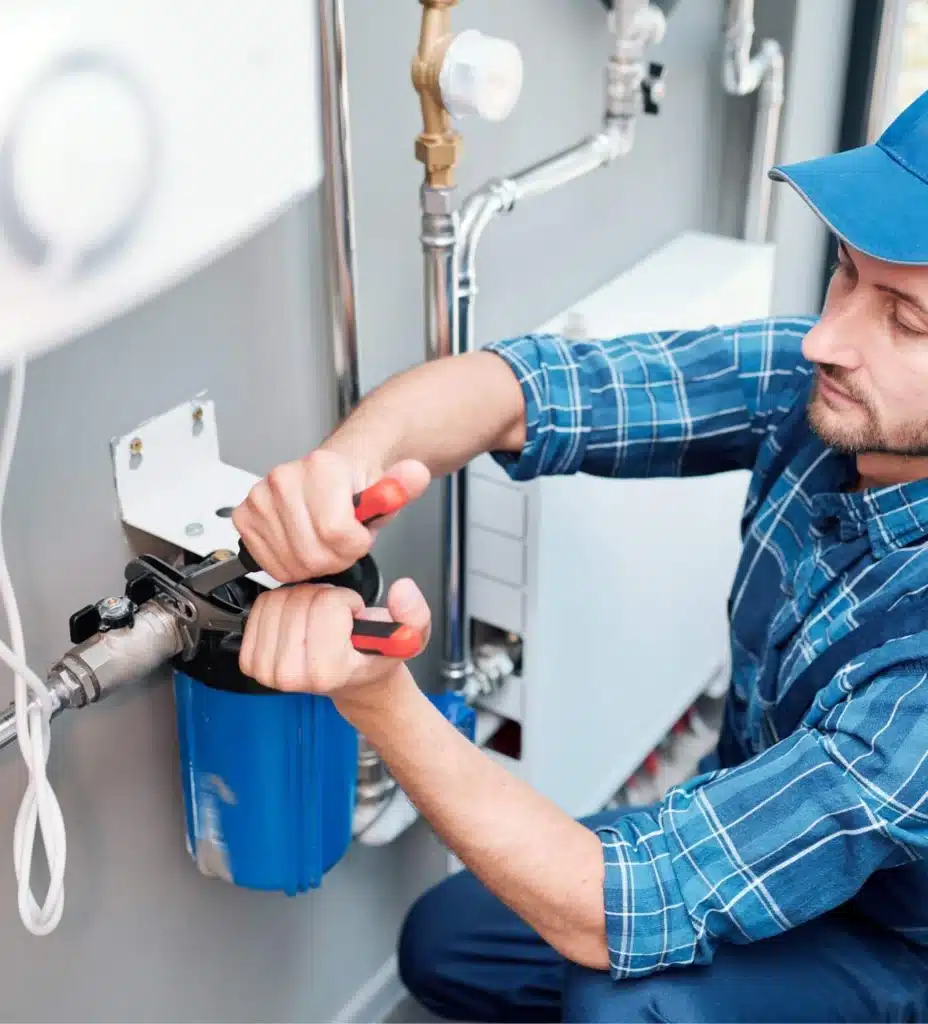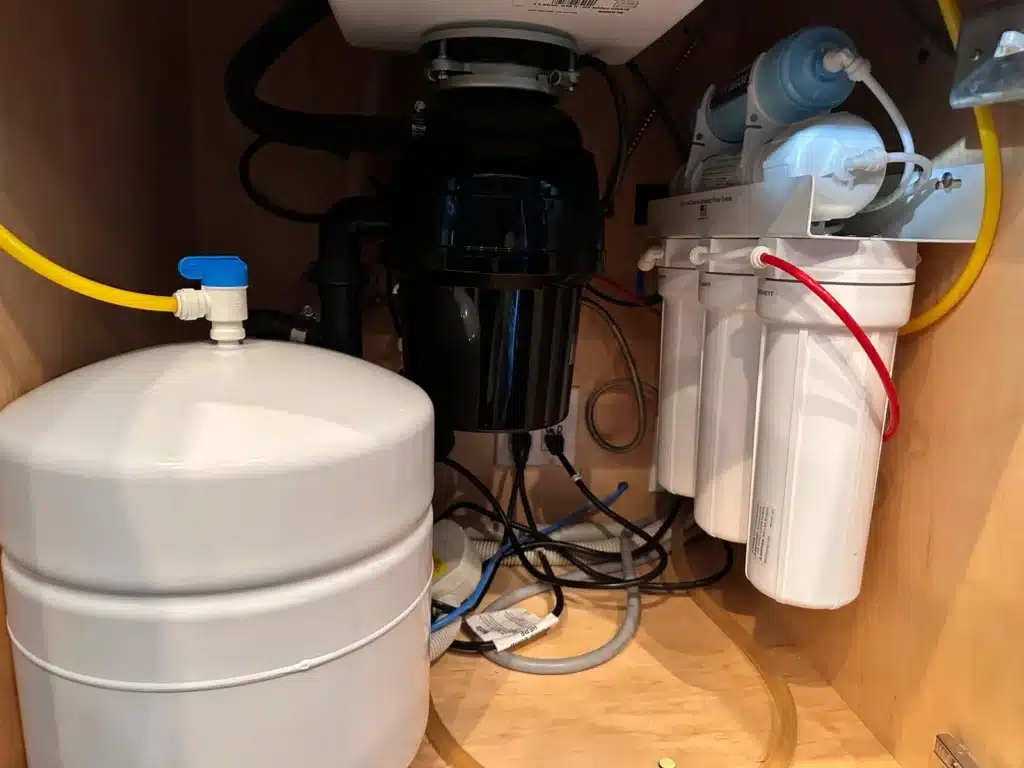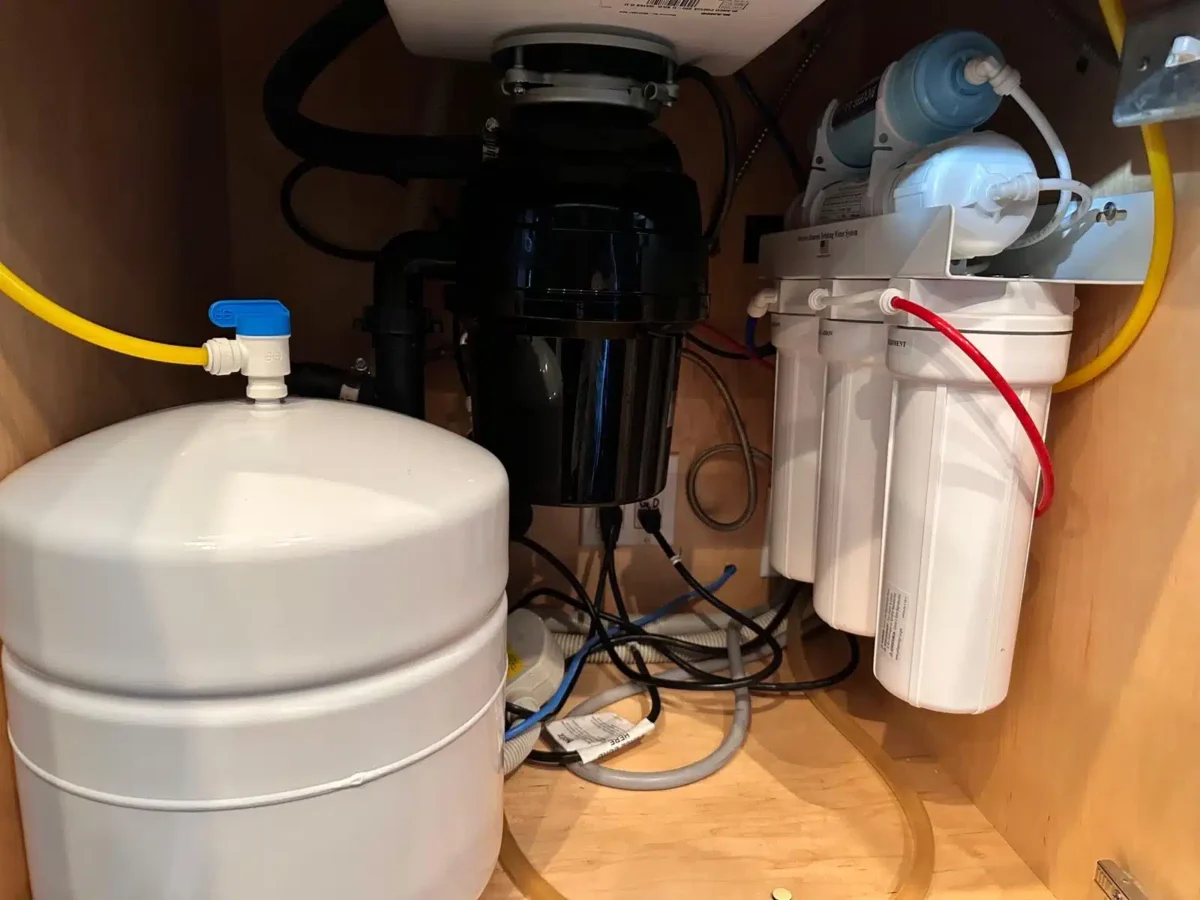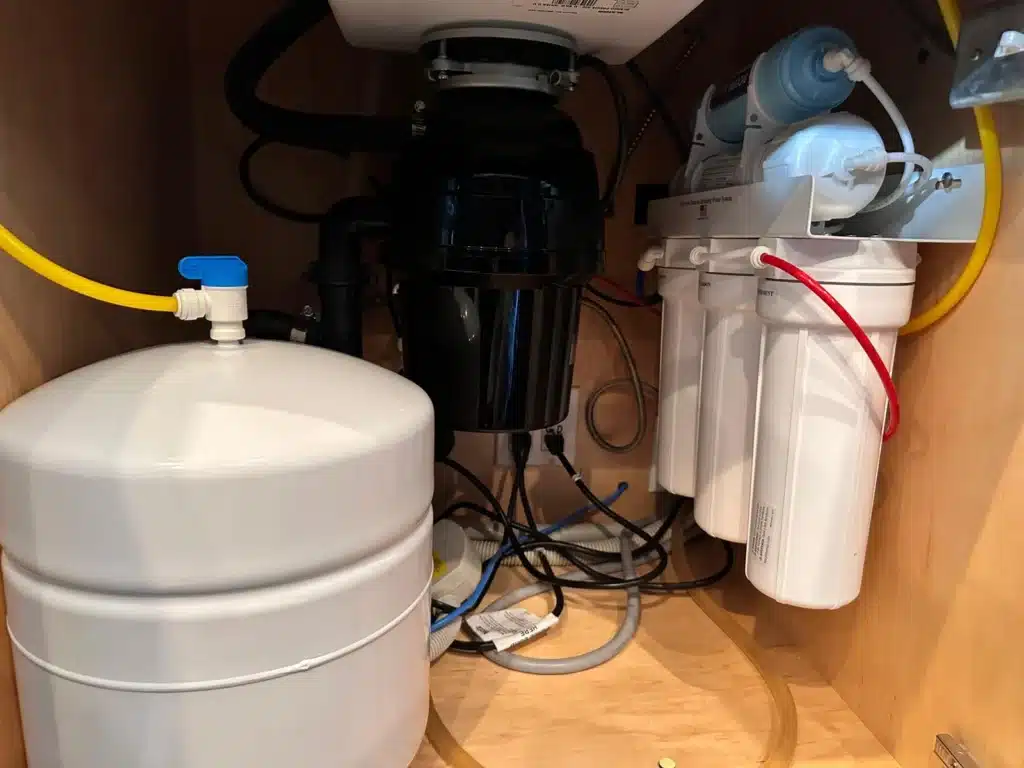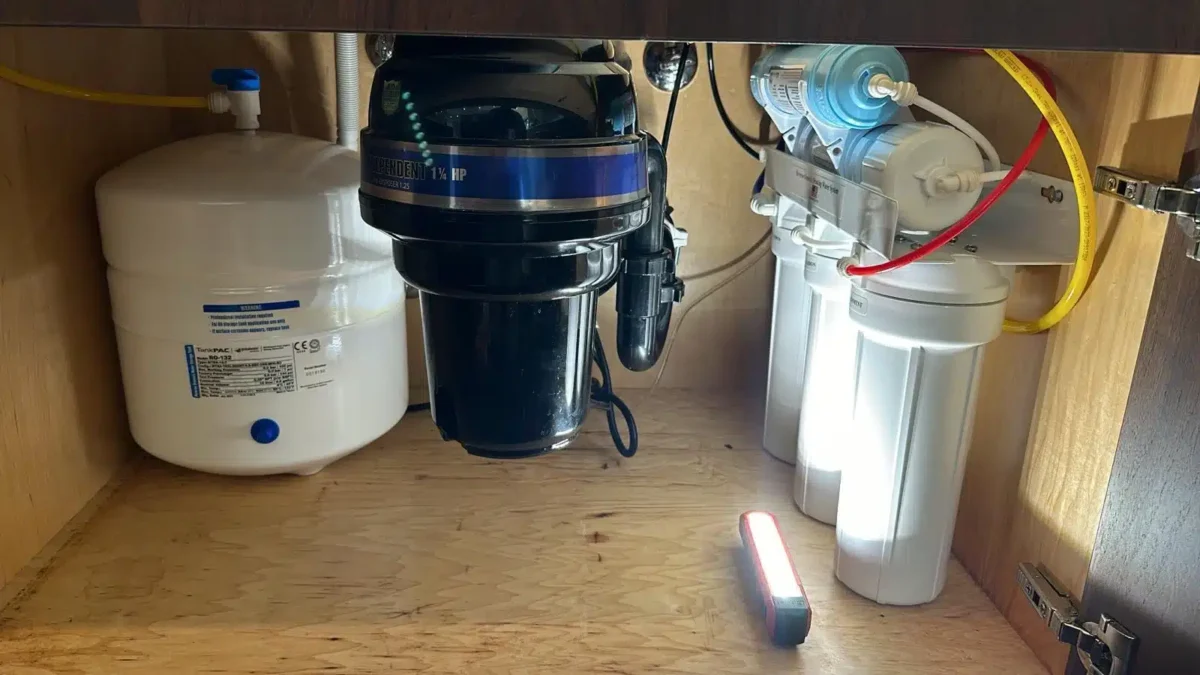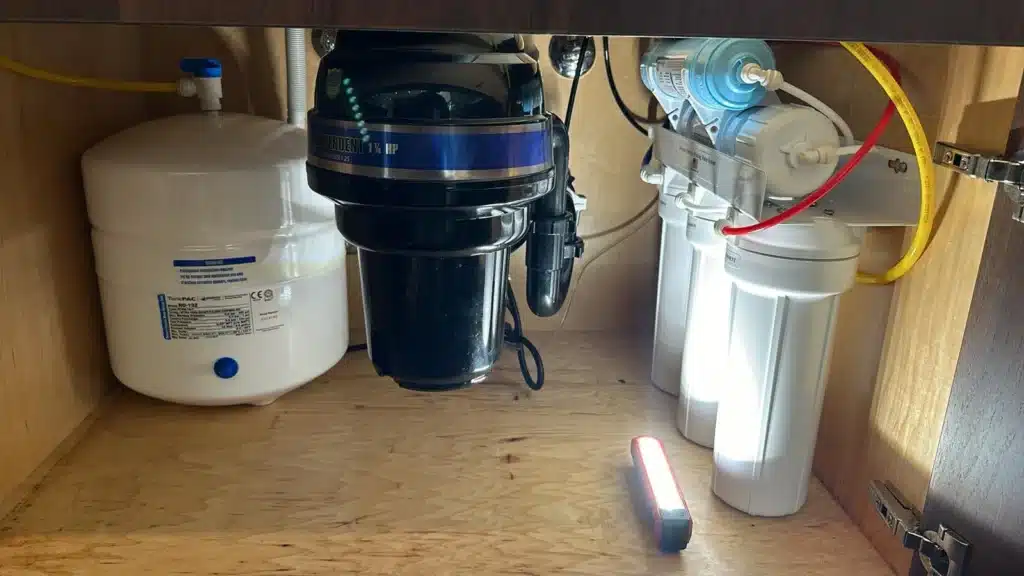Traditional vs. Tankless Water Heaters: Which is Right for You?
pristineplumb1
on
December 20, 2024
Choosing between tankless water heaters and traditional models is an important decision that affects your home’s comfort, energy efficiency, and overall costs. Finding the option that best fits your household’s needs is crucial, whether you’re looking for endless hot water, lower energy bills, or a reliable system.
Making the correct choice means you’ll enjoy consistent comfort and long-term savings. The tankless or traditional water heater decision guide allows you to weigh the pros and cons of both systems, ensuring you choose the one that perfectly suits your lifestyle and budget.
Traditional vs. Tankless Water Heater Comparison
Choosing between tankless and tank water heaters is a big decision for any homeowner. Traditional water heaters, also called storage or tank models, store a large amount of hot water and keep it ready for immediate use. On the other hand, tankless water heaters, often known as on-demand heaters, heat water instantly as it flows through the unit, providing hot water whenever you need it—no tank required.
Which Water Heater Type is Best for Your Home?
The right water heater depends on your needs, budget, and long-term energy efficiency goals. Consider both the upfront costs and ongoing utility bills. A traditional water heater might be more economical if you have a large household or frequent hot water usage. However, a tankless water heater could be the better option if you’re focused on energy savings and don’t mind the initial investment.
Household Size Considerations
Your household size plays a significant role in deciding between a traditional or tankless water heater. For smaller households (1-3 people), a tankless water heater can handle your needs without taking up much space, providing hot water instantly. However, for larger families (4+ people), a traditional water heater might be a better fit, as it offers a bigger tank to meet the higher demand for hot water, especially if multiple people are showering or using hot water at once.
Cost Breakdown
- Initial Costs: Traditional water heaters are typically less expensive to purchase upfront, making them an affordable choice. In contrast, tankless water heaters cost more initially due to advanced technology.
- Operating Costs: Tankless units are more energy-efficient, heating water only when needed, saving you money on energy bills. Traditional water heaters, however, may have higher operating costs because they constantly heat water in the tank.
Installation Requirements
Installing a tankless water heater is more involved than installing a traditional unit. It may require specialized plumbing and electrical or gas connections, which could lead to higher installation costs. Traditional water heaters, on the other hand, are simpler to install. They often require fewer modifications to your home’s plumbing, making them quicker and more affordable to set up.
Efficiency and Long-Term Value
Tankless water heaters are more energy-efficient because they only heat water when needed, eliminating standby heat loss. Although traditional water heaters aren’t as energy-efficient, they can still provide reliable performance for homes with steady, high water usage. Over the long term, tankless water heaters last longer (up to 20 years or more), while traditional models typically last 10-15 years, giving you better long-term value.
Pros and Cons of Traditional vs. Tankless Water Heaters
Traditional and tankless water heaters are reliable sources of hot water in homes. Each has benefits and drawbacks, depending on your needs, household size, and lifestyle.
Traditional Water Heaters
Pros
- Lower Initial Cost: Traditional water heaters are generally more affordable upfront, both in purchase and installation.
- Simplicity and Reliability: These systems have been around for decades and are known for their dependability. They’re easy to use and require little maintenance.
- Consistent Hot Water Supply: With a large tank of hot water ready to go, these heaters provide a steady flow of hot water, even during high-demand times like multiple showers or laundry runs.
- Easy to Replace: Most plumbers are familiar with these units, which makes replacing or repairing a traditional water heater straightforward.
Cons
- Higher Energy Consumption: Traditional water heaters keep water heated in the tank even when it is not needed, which can lead to higher energy costs over time.
- Limited Hot Water Supply: Once the stored hot water runs out, you’ll need to wait for the tank to refill and reheat, which can be inconvenient, especially for large families or during peak times.
- Larger Space Requirement: These units are bulky and need a decent amount of space, which could be a challenge in smaller homes.
If you’re ready to install or replace your traditional water heater, Pristine Plumbing’s experts will ensure the job is done right. Our professional installation services guarantee optimal performance and long-lasting durability.
Tankless Water Heaters
Pros
- Energy Efficiency: Tankless water heaters only heat water when it’s needed. This eliminates the standby heat loss associated with traditional models, helping you save on energy bills.
- Endless Hot Water: Since they heat water on demand, you never have to worry about running out. This is perfect for households with high water usage, such as families with multiple showers or busy mornings.
- Compact Size: These units are much smaller than traditional water heaters, so they take up less space and can be installed in tighter spots. They are great for small homes or apartments.
- Longer Lifespan: Tankless systems can last up to 20 years or more, much longer than traditional water heaters. With proper maintenance, they are an excellent long-term investment.
Cons
- Higher Initial Cost: Tankless heaters are more expensive upfront. While the long-term savings can offset this, the initial cost may be a hurdle.
- Inconsistent Hot Water Flow: A tankless system might struggle to maintain a consistent temperature if multiple people use hot water simultaneously, such as when several showers or appliances are running.
- Complex Installation: Installing a tankless water heater often requires upgrades to the plumbing or electrical systems, which increases installation time and cost.
At Pristine Plumbing, we provide expert tankless water heater installation services. Our experienced plumbers easily handle even the most complex installations, ensuring you enjoy the full benefits of your new system.
Pristine Plumbing: Tailored Solutions for Your Water Heater Needs
Our plumbers bring extensive experience installing various water heater systems, ensuring optimal performance and longevity. We strictly follow
manufacturer guidelines and industry best practices for every installation, guaranteeing your system meets all safety standards.
We take the time to understand your unique needs and recommend the perfect water heater system for your lifestyle and budget. Contact us today to schedule an appointment or to learn more about our plumbing solutions.
